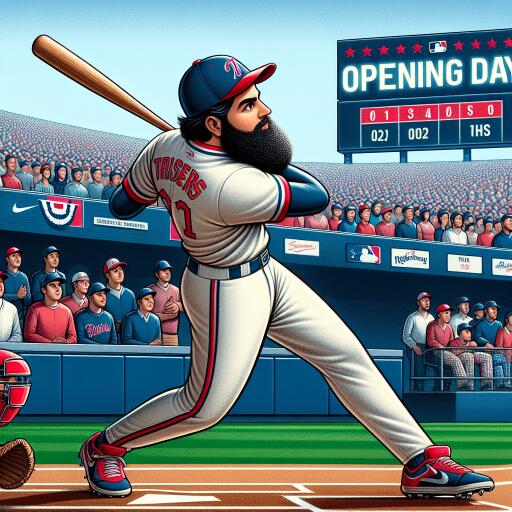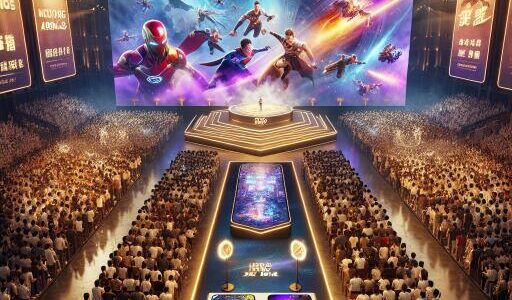MLB for visionOS Misses the Mark on Its Debut
In the realm of sports and technology melding to enhance fan experiences, Major League Baseball (MLB) has often led the charge, especially with its partnerships with tech giants. The recent unveiling of MLB’s application for visionOS, launched alongside Apple’s latest platform, was met with anticipation for its augmented reality features. It promised to integrate live 3-D Gameday animations with video playback from key games, including those from the 2023 World Series, offering a tantalizing glimpse into the future of sports broadcasting.
However, as the baseball season swung into action, the excitement turned to disappointment for many. An update right before Opening Day brought the app in line to stream live games, yet in doing so, it stripped away much of the groundbreaking features that were teased. Instead of a rich, immersive experience utilizing the platform’s unique capabilities, users found themselves with a glorified MLB TV frontend, marred by bugs and limited functionality.
Initial use revealed a surprising omission: the Gameday feature was nowhere to be found, though it later appeared tucked away within an archived game’s video playback. This design choice not only limits Gameday’s accessibility but also forces it into an immersion-breaking role where multitasking becomes impossible. The expectation of utilizing augmented reality to enhance live game watching was met with a harsh reality check.
To add to the frustration, the application’s capability to display multiple games simultaneously — a feature seemingly tailor-made for virtual reality environments — was conspicuously absent. Users are confined to a single game stream at any given moment, a move that feels counterintuitive to the platform’s potential for expansive, multi-view experiences.
Technical issues further detract from the user experience. The main viewing window, for example, suffers from sizing and control issues, requiring users to awkwardly maneuver it into place before it becomes remotely usable. Moreover, an unnecessary constraint forces the main window to remain open to keep the game stream active; closing it inadvertently shuts down the entire viewing session.
This collection of shortcomings paints a picture of an app rushed to release in time for Opening Day, lacking the polished, innovative experience that was promised. While the foundational streaming function works, the app fails to leverage the advanced capabilities of visionOS, instead delivering a performance that falls short of expectations.
As the season progresses, there is hope that updates and enhancements will rectify these initial missteps. After all, the technology and data at MLB’s disposal have the potential to revolutionize how fans engage with the game. Yet, as it stands, the visionOS MLB app has stumbled out of the gate, leaving fans and tech enthusiasts alike waiting for the real game changer.










